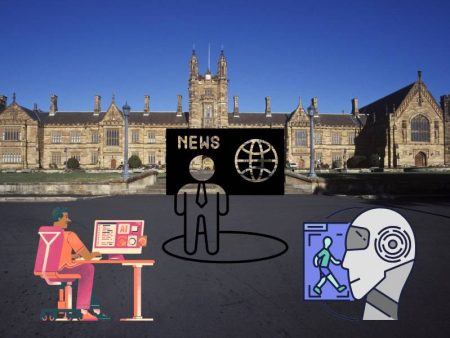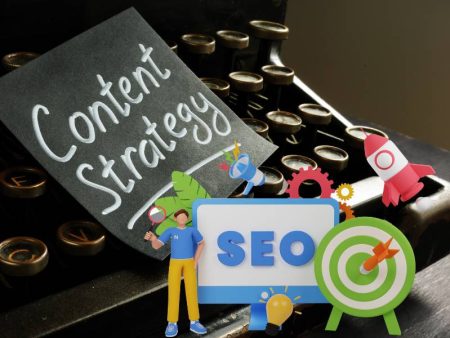Picture this scenario: you’re hunkered down in Figma or Sketch late at night, adjusting layouts, fine-tuning microcopy, trying to balance aesthetics and inclusivity. Then you think: “Great, AI can generate page variations, color schemes, and even UX suggestions…but at what cost?” You pause. And ask yourself: “What does ethical design mean when algorithms shape our creative decisions?”
This isn’t theoretical anymore—it’s practical, urgent, and deeply human.
The AI Helpers Are Here… and They Learn From Us
Let me share a quick moment: I used AI Interior Design Maker to mock up virtual rooms for a client. It suggested configurations and color palettes for spa-like relaxation. Cool, helpful—but as soon as I ran it, I realized: It pulled trends seen in luxury spas worldwide—but none where my client operates. No local flavor. No cultural warmth. That felt hollow. It reminded me that AI learns from dominant data, not minority nuance. So the first ethical lesson: know what training data leaves out—and fill those gaps manually.
AI Gives — But Context Still Needs Humans
Using AI Design Generator From Image, I dropped in a snapshot of an indigenous mural from a community center. AI auto-generated a vibrant poster layout using the pattern—but it didn’t credit the cultural significance behind the artwork. I was uneasy. The content felt appropriated, not honored. So I added a sidebar note: “Designed in collaboration with local artists.” I also shifted colors to better respect cultural origins. That moment taught me: designers must add context—because AI can’t inherently respect the stories behind visuals.
The Non-Linear Path to Ethical Design
Let me rewind. I started carefully, then looped back:
- Uploaded image
- Generative design draft
- Cultural audit sidebar
- Color correction
- Accessibility check
- A/B testing variation
- Community feedback review
Design in the AI era is iterative, messy, feedback-driven. It’s less “path A to B” and more a spiral of improvements. That spiral demands patience and ethical reflection at each turn.
Personas Are Not Data Stereotypes
Ever notice how some AI-generated personas sound flat? “Young urban professional, loves nature.” That’s generic. Real people are layered—where they come from, how they experience the world. Designers need to audit AI personas:
- Add emotional nuance (e.g., stress about eldercare)
- Question data biases (sample skew)
- Humanize: talk with real folks before locking in designs
Otherwise, AI risks amplifying stereotypes rather than solving real problems.
Accessibility Must Be Mandated, Not Optional
AI tools can suggest font sizes, contrast ratios, alt-text—but do they care? Probably not. I once accepted AI alt-text for a decorative background image—something like “abstract texture.” When I tested with a screen reader, it still read aloud—irritating users. So I refined it: “Decorative sunset gradient used only for mood, not content.” As ethical designers, we need to:
- Validate alt-text usability
- Test on real devices or with actual assistive users
- Never let AI “guess”; always human-verify inclusion
The Power of Empathetic Dialogues
Here’s how I talk to AI during design:
Me: “Generate a poster that respects this local art style.”
AI: Renders based on style patterns
Me: “Add credit note—’Artwork by [local artist]’ above footer.”
AI: Adds text
Me: “Now soften the colors to avoid overshadowing original red hues.”
AI: Adjusts palette
This conversational prompts and nuance ensure we treat humans, not just visuals, with respect.
Bias Check: Who’s in—and Who’s Out?
I recently designed a healthcare flyer using AI. The model generated women-centric visuals—mostly white women. The data bias was evident. That missed representation for others. So I replaced visuals with a more inclusive, multi-ethnic set. Designers need an internal bias checklist: ethnic and gender diversity, age, disability, cultural identity—before AI designs go public.
Accountability: Track and Annotate AI-Generated Work
When you enhance a design with AI, do you track it? I just started adding annotations like:
cpp
CopyEdit
// AI-suggested layout; culturally audited
// Verified alt-text by screen reader testing on 2025-06
This might seem nerdy—but it helps teams understand where design is human-curated versus AI-generated. That transparency matters ethically and operationally.
Data Privacy Isn’t Optional
Using AI often means uploading data—user images, feedback, prototype files. Always ask:
- Does the tool store input data?
- Who owns future model output?
- Is it GDPR or CCPA compliant?
I once uploaded user-uploaded images for persona modeling. Turns out the tool retained imagery on their servers. That’s a red flag. Ethical design means protecting privacy—redact or anonymize inputs when possible.
Economic and Creative Displacement
Big question: If AI does your extra design work, what about junior designers or freelancers? My friend got laid off because clients could spin multiple visual variants via AI. That sucks. Ethical AI usage includes:
- Upskilling junior designers
- Emphasizing human skills: empathy, narrative, culture
- Being transparent with teams about AI roles
Because design is human craft—not just pixel arrangement.
Final Design Touches Need People
AI might generate layout and style—but the soul of design emerges via human touches:
- Adjusting brand microcopy tone
- Tuning kerning for emotional impact
- Introducing imperfections in textures
- Ensuring legibility in varied lighting
These details demand emotional empathy and creative intuition—unprogrammable.
Non-Linear Story: A Project Rundown
Here’s my poetic journey:
- Mood photo + AI draft
- Quick cultural review
- Alt-text accessibility audit
- UX testing with real users
- Human micro-tweaks
- Private prototype share
- Final polish and release
It’s not a checklist—it’s a messy flow. And that’s okay.
Micro-Banter Moments that Matter
If your AI tool gives a weird font combination, you say:
Me: “Hmm… playful-ish but feels childish…”
AI: “Try this semi-serif—it balances whimsy with maturity.”
Me: “Better—but try a tangent of warmth closer to client brand.”
AI: Refines.
Those small dialogues, even internal, shape decisions that AI alone can’t make.
The Emotional Stakes in Ethical Design
Ultimately design touches people’s lives. A mental health app UI with tone-deaf language? A community poster missing local cultural cues? These aren’t bugs—they’re emotional harm. Ethical design means:
- Owning your influence
- Respecting audience lived experience
- Validating kindness and inclusion
- Making AI a responsible ally, not a lazy shortcut
Closing Thoughts: Ethical Designers of Tomorrow
The AI-powered future of design isn’t about replacing us—it’s about amplifying our empathy and creativity if we choose to wield it responsibly. We need to:
- Reflect on cultural data gaps
- Audit inclusivity and accessibility
- Track AI-suggested artifacts
- Protect privacy and data rights
- Support ethical creative teams
Because at the end of the day, design is about people—and people deserve tools that enhance their rights, not erode them.
TL;DR
- AI design tools (e.g., AI Interior Design Maker, AI Design Generator From Image) boot-strap ideas—but humans bring context and ethics
- Audits: inclusion, accessibility, privacy, bias
- Dialogue with AI fosters transparency
- Final touches—copy, nuance, imperfections—must be human
- Ethical AI usage = power with responsibility, not shortcut
Over to You
Have you faced ethical dilemmas designing with AI? Maybe you caught bias in moodboards—or had to adjust alt-text. I’d love to hear your experiences, your small interventions that bring impact. After all, it’s our human empathy—not pixels—that truly defines ethical design.


